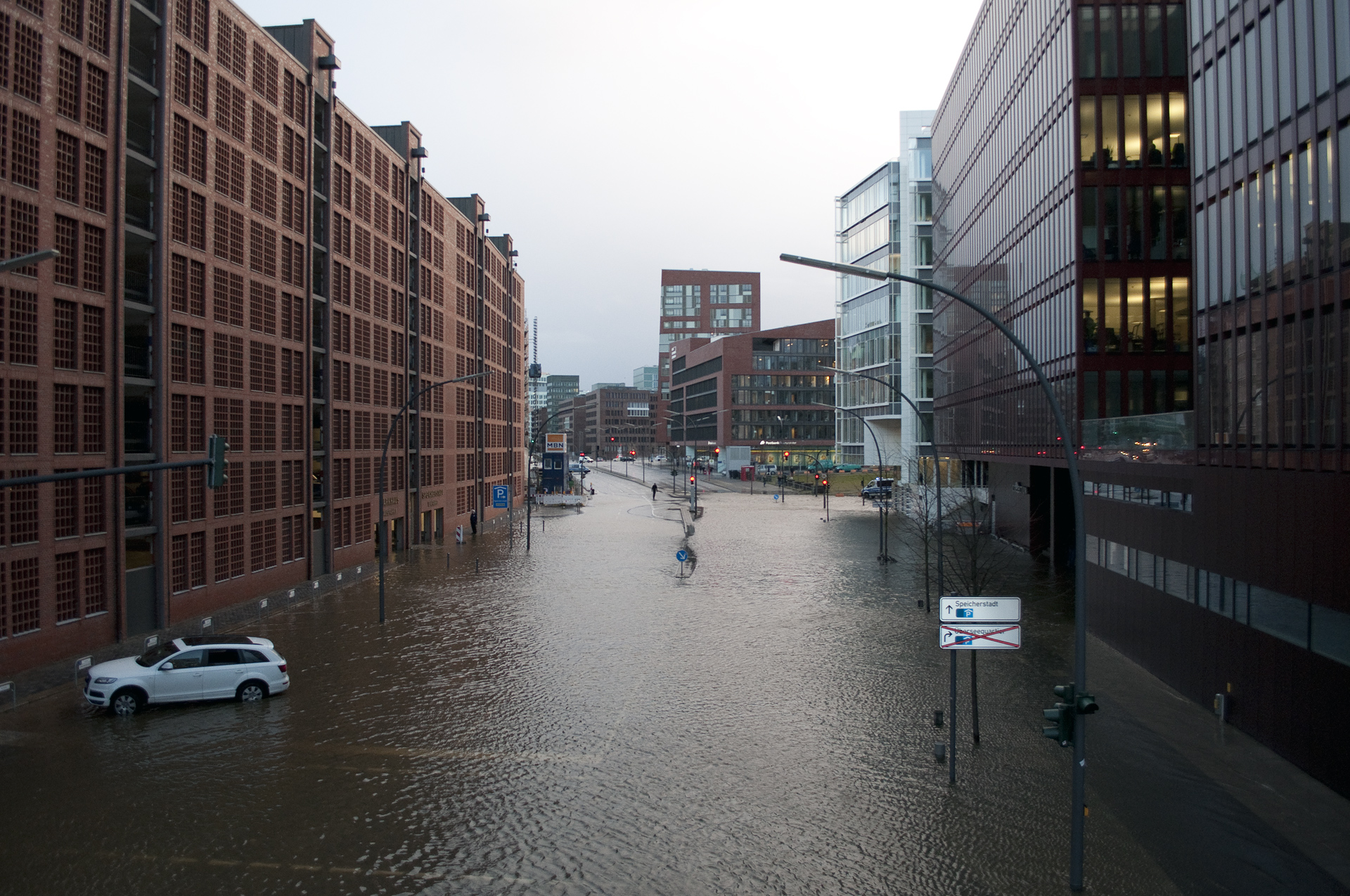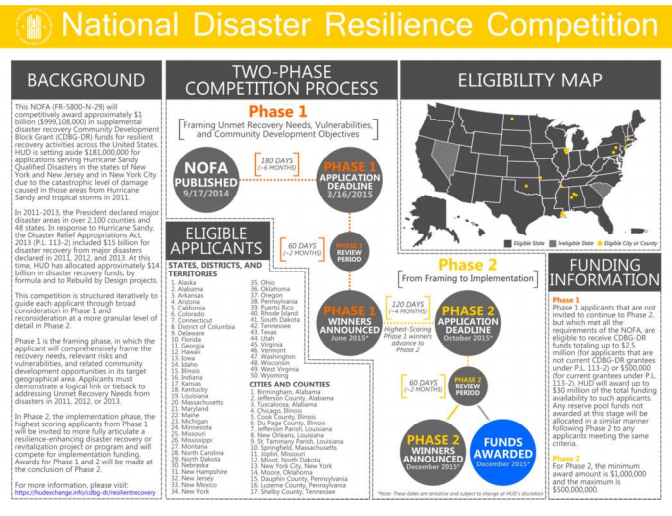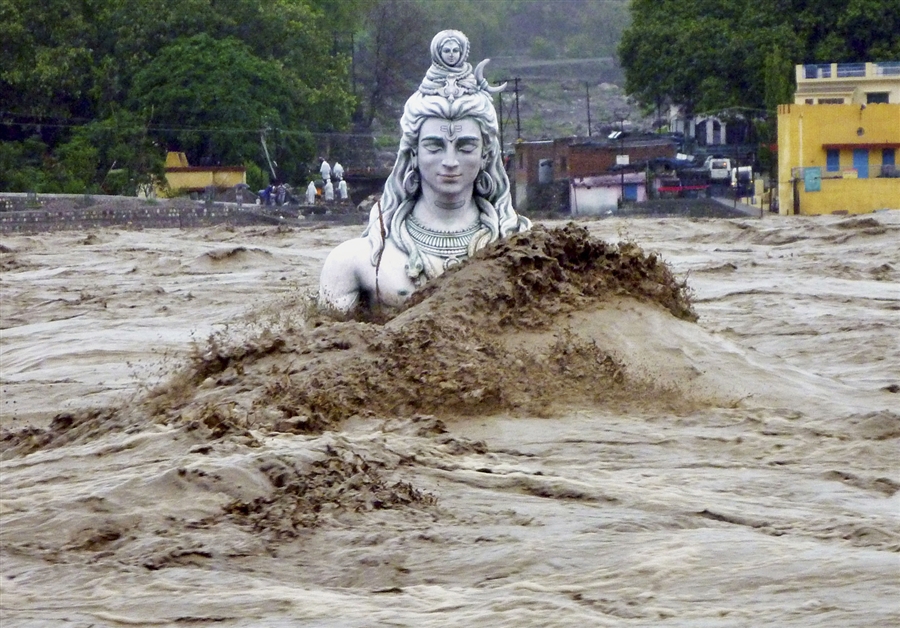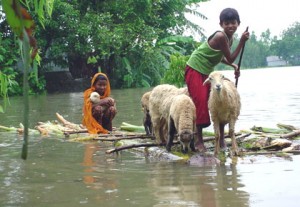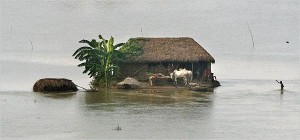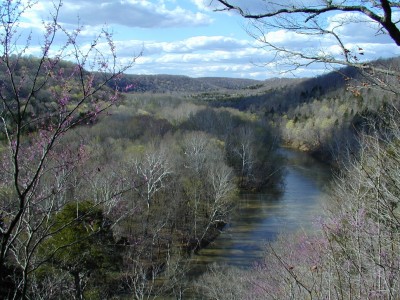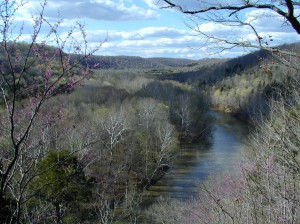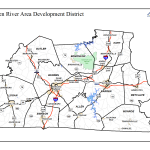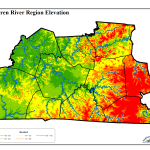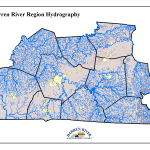Who We Are
The US Department of Housing and Urban Development has opened a National Disaster Resilience Competition to propagate new ideas regarding natural disasters and resiliency for areas that have a history of vulnerability to floods, earthquakes, super storms, drought, heat waves, and high winds. The National Competition calls for applications from any of the 67 states with counties that have been affected by a Presidentially Declared Major Disaster within the past three years (2011, 2012 or 2013).
What We Aim To Achieve
This year-long competition is broken into two phases: phase one calls for broad risk assessments, brainstorming of potential collaborations for different stake holders and proposals for multi-level fixes for disaster relief and community benefits and is open until 3 November 2014. Phase two focuses on details and action which involve HUD helping with reviewing, facilitating access to webinars and resources, and assisting with grants for the implementation of the selected proposals.
Submission Deadline: 3 November 2014
 To learn more about how your community can earn $1 billion towards disaster management and planning click here . Applicants have until 3 November 2014 to submit proposals for consideration.
To learn more about how your community can earn $1 billion towards disaster management and planning click here . Applicants have until 3 November 2014 to submit proposals for consideration.

